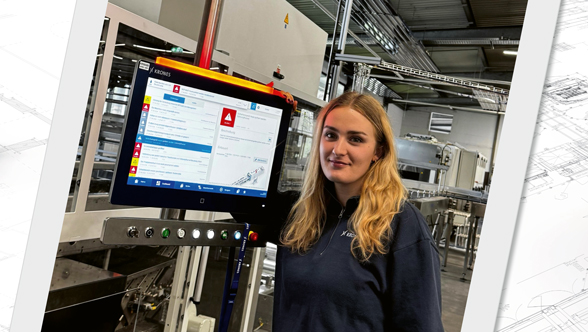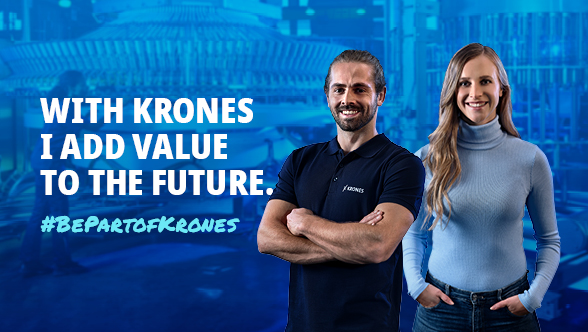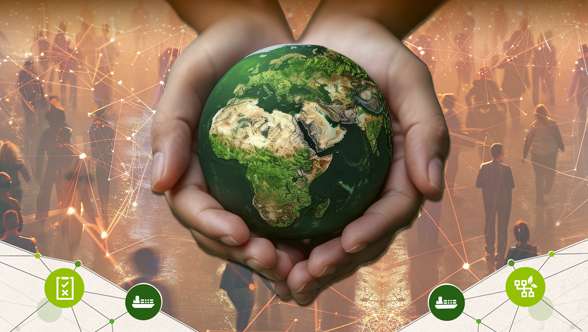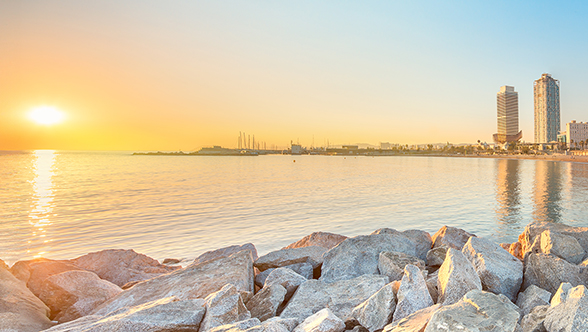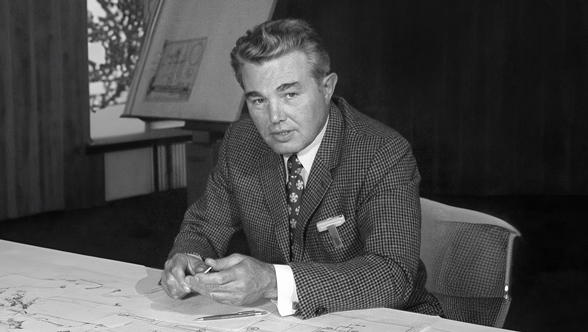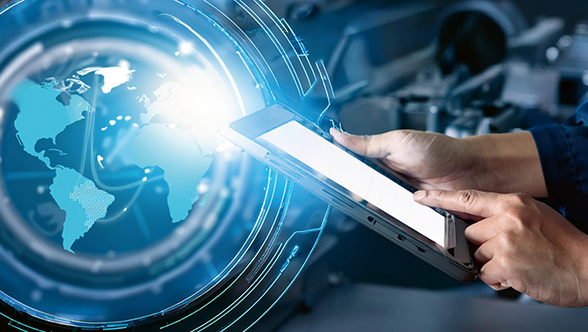Krones wants to reduce emissions in the upstream and downstream supply chain by 25 percent by the year 2030. Where are we at the moment?
Birk: In 2022 we had a huge increase in sales, which meant that product-related emissions also turned out higher. Nevertheless, the increase in emissions was only six percent compared with the 34 percent growth in orders received. That's a positive trend, but we’re not yet satisfied with that.
Fischer: The big challenge is that we have committed ourselves to absolute targets in the climate strategy: By 2030 we must be producing 25 percent fewer emissions than we did in 2019 – whatever the growth in sales may be until then. We’re definitely moving in the right direction when it comes to sustainability and have already achieved a great deal. Given the rise in sales, though, that is not enough. We must do much better.



